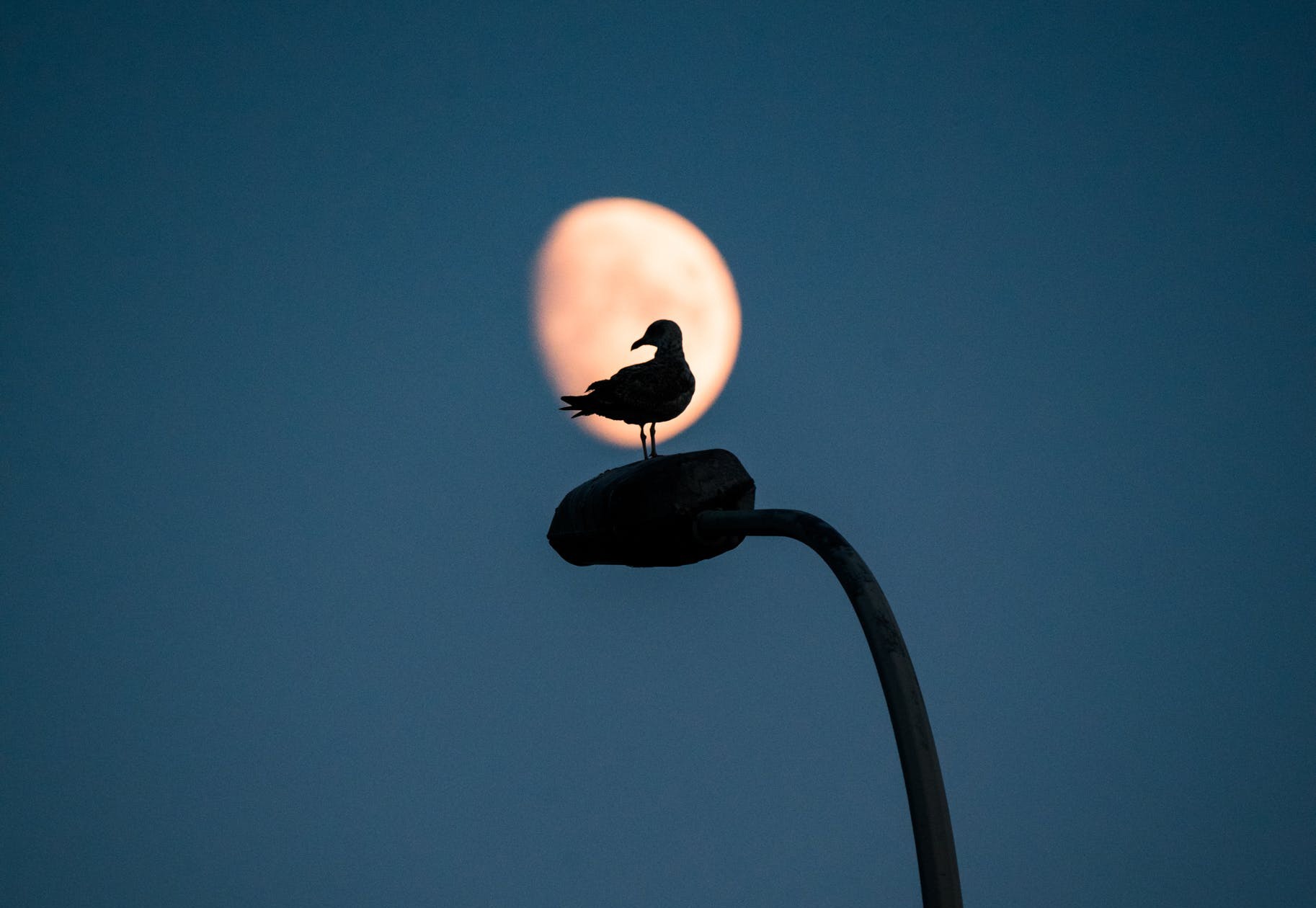The Arnot’s Chat, also known as the White-headed Black Chat and Myrmecocichla arnotti, is a bird species that is categorized under the Muscicapidae family. This family of birds consists of small passerine birds that emit weak songs and harsh calls. The closest relatives of the Arnot’s Chat include the European Stonechat, Cyprus Wheatear, Boulder Chat, Herero Chat, and Humblot’s Flycatcher.
This bird species was first described in 1869 by English clergyman and ornithologist Henry Baker Tristram, basing it on a specimen collected at Victoria Falls, one of the world’s greatest falls. Henry Baker Tristram named the species after David Arnot, the person who collected the bird’s specimen. In 1965, the name was suggested to be changed to arnoti.
The Arnot’s Chat is endemic to central and southern Africa. Since they occur largely in the continent, and their population is at a continuous rise, the International Union for Conservation of Nature, or the IUCN Red List, classified this bird species as Least Concern.
The Arnot’s Chat has two subspecies, the Hartertii, which thrives in Angola, and the Nominate, which is found in other southern and central African countries.
Its seven levels of scientific classification are as follows:
Kingdom: Animalia
Phylum: Chordata
Class: Aves
Order: Passeriformes
Family: Muscicapidae
Genus: Myrmecocichla
Species: M. arnotti
The physical characteristics of an Arnot’s Chat
Like other birds in the Muscicapidae family, the Arnot’s Chat is a small-sized bird. This bird species is sexually dimorphic, meaning they share different characteristics aside from their sex organs. A male Arnot’s Chat of the nominate race has a black plumage, with a white patch on the wing coverts and a white crown. The female Arnot’s Chat has similar plumage, but it possesses a black crown and a white throat and neck with black tips. Both sexes have black bills and legs.
An adult Arnot’s Chat can grow from 16 to 187 cm in length, and weighs an average of 35 g. On the other hand, a juvenile Arnot’s Chat possesses the same black plumage, but it has white feather tips on the crown or throat. A male Arnot’s Chat from the race Harterti has lesser white patches on wings. It possesses a black head with a small, faint white patch on the forehead and above the eye. The white throat is also duller on the nominate race.
The distribution and habitat of Arnot’s Chats
This bird species takes refuge in African countries such as Botswana, Zimbabwe, Zambia, Malawi, Mozambique, Angola, The Democratic Republic of the Congo, Botswana Tanzania, Burundi, and Rwanda. It is most common in northern Namibia and Botswana, Mozambique, Zimbabwe, and Limpopo Province.
Arnot’s Chats are commonly found in healthy stands of mopane and miombo woodlands. They also take refuge in lower densities in other types of open woodland. They prefer areas with little herbaceous covers, and they rarely occur near buildings. Sometimes, they can be seen from sea level to 1,500 m. They are not migratory birds, but they usually like to wander around.
The behavior of an Arnot’s Chat
Arnot’s Chats are very sociable birds—they usually forage or wander in pairs or flocks.
This bird species mates for life—Arnot’s Chats form bonds that last a lifetime. When the partner dies, it is the only time the bereaved bird will seek out a new partner. They are considered as facultative cooperative breeders, because immature individuals sometimes help breeding pairs.
During the nesting period, the Arnot’s Chat will usually create a nest in a hole of a tree trunk. Sometimes, the nest looks like a shallow cup that is made of various plant materials. The female Arnot’s Chat will lay two to four green eggs between August and December. The eggs are incubated by the female Arnot’s Chat alone for 13-14 days. Both parents and other immature helpers will then feed the chicks. They are about to leave the nest after 21-22 days.
The diet of an Arnot’s Chat
Like most passerine birds, the Arnot’s Chat feeds on insects like beetles, ants, grasshoppers, crickets, moths, caterpillars, spiders, and many more. What it does to forage is wait on a low perch, and once it sees the pray, it immediately pounces on it on the ground or gleaning on it from tree roots.
BOTSWANA BIRDS | SOUTH AFRICA BIRDS
NAMIBIA BIRDS | ZAMBIA BIRDS | ZIMBABWE BIRDS
